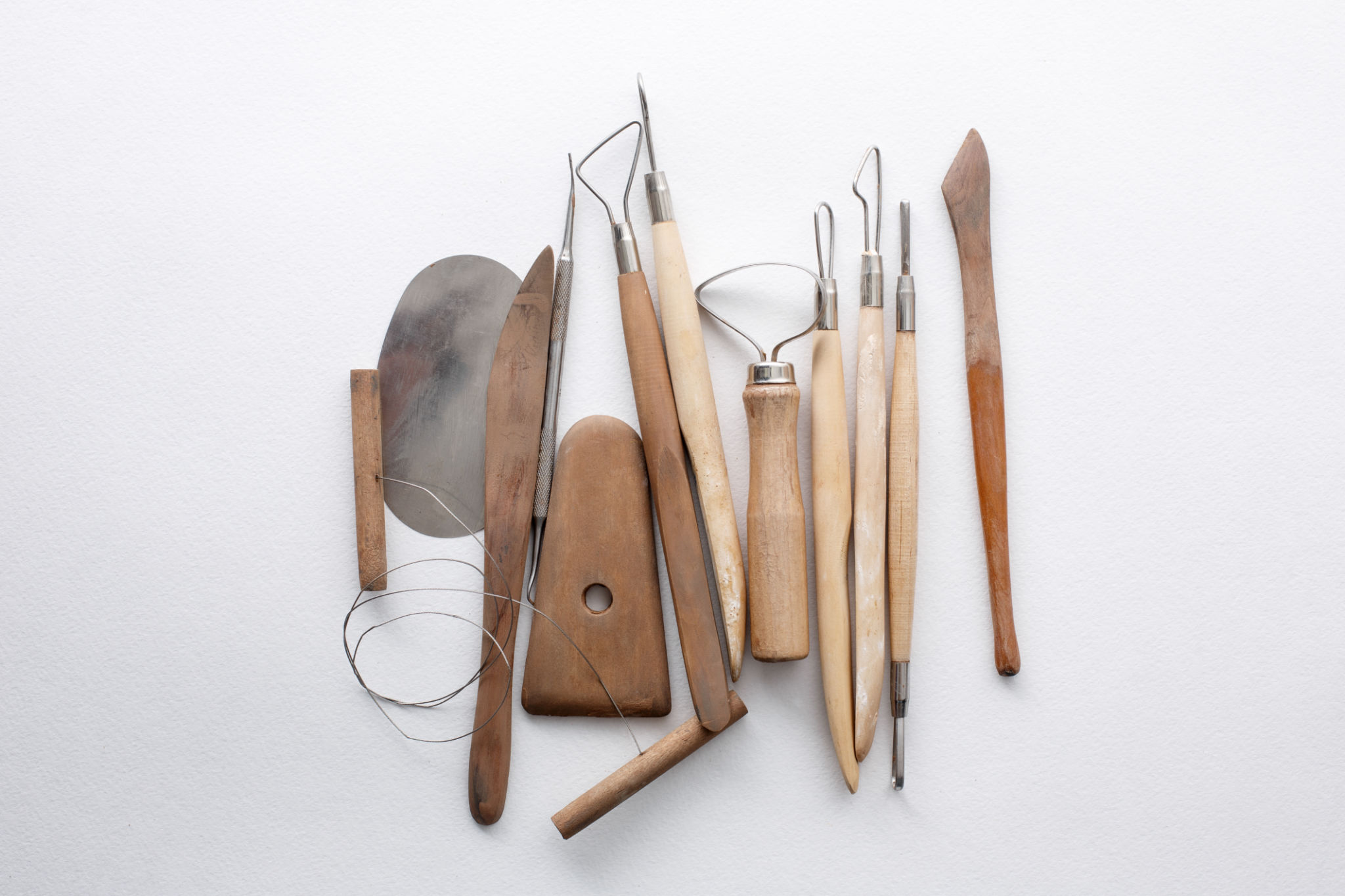The Art of Mask Making: A Step-by-Step Guide to African Masks
Understanding the Cultural Significance of African Masks
African masks hold a profound cultural significance, often embodying the spiritual essence of their makers and the communities they represent. These masks are not mere decorations; they are deeply rooted in rituals and ceremonies, serving as conduits between the physical and spiritual worlds. Crafted with meticulous attention to detail, each mask tells a story, often reflecting the beliefs, history, and social values of the people who create them.
The art of mask-making varies across regions and tribes in Africa, with each group bringing its unique style and purpose to the practice. Masks can represent spirits, ancestors, mythological beings, or even animals, and are often used in ceremonies like weddings, funerals, and harvest festivals. Understanding these cultural contexts is essential for anyone interested in creating or collecting African masks.

Materials and Tools Needed for Mask Making
The choice of materials in African mask-making is crucial, as it influences the final appearance and durability of the mask. Traditionally, carvers use wood, although materials like ivory, metal, and fabric may also be incorporated. When selecting wood, it's important to consider factors such as durability, texture, and ease of carving.
In addition to the primary material, a variety of tools are necessary for the carving process. These include chisels, knives, and sandpaper for smoothing surfaces. For more intricate designs, smaller tools like gouges can help achieve detailed patterns. Some artisans also use natural pigments to paint their masks, adding vivid colors that enhance their visual appeal.

Step-by-Step Guide to Creating an African Mask
Creating an African mask requires patience and precision. Below is a step-by-step guide to help you through the process:
- Design Your Mask: Start with a simple sketch of your desired design. Consider the cultural significance you wish to convey.
- Select Your Materials: Choose the wood or other materials you will use based on availability and the desired characteristics of your mask.
- Carve the Base Shape: Use chisels and knives to carve out the basic shape of your mask from the wood block.
- Add Details: Incorporate facial features and intricate designs with smaller tools. Pay attention to symmetry and detail.
- Smooth the Surface: Sand down rough edges and surfaces for a polished look.
- Paint and Decorate: Apply natural pigments or paint to bring your mask to life. Consider using beads or fabric for additional decoration.

Caring for Your African Mask
Once your mask is complete, proper care is essential to preserve its beauty and integrity. Avoid exposing it to direct sunlight for prolonged periods, as this can cause fading or cracking. If your mask is painted, ensure that it is kept away from moisture to prevent damage to the pigments.
To clean your mask, use a soft brush or cloth to gently remove dust. For wooden masks, a light coat of wax can help maintain its sheen and protect the surface. Regular maintenance will ensure that your mask remains a cherished piece for years to come.

Exploring Different Styles of African Masks
African masks are incredibly diverse, each reflecting the unique cultural heritage of its creators. For instance, the Dan masks from Liberia are known for their smooth, oval shapes and dark finishes. In contrast, the Fang masks from Gabon often feature elongated forms with intricate patterns.
Studying these different styles can provide inspiration for your own creations or collections. By understanding the distinct characteristics of various regional masks, you can appreciate their artistic value and cultural significance more deeply.

Conclusion: Embracing the Art of Mask Making
The art of African mask-making is a rich tradition that continues to captivate artists and enthusiasts worldwide. Whether you are creating your own mask or simply appreciating these cultural artifacts, understanding their history and craftsmanship enhances their value.
By following this guide, you can embark on your own journey into this fascinating art form. As you explore different styles and techniques, you'll gain a deeper appreciation for the stories these masks tell and the cultures they represent.

